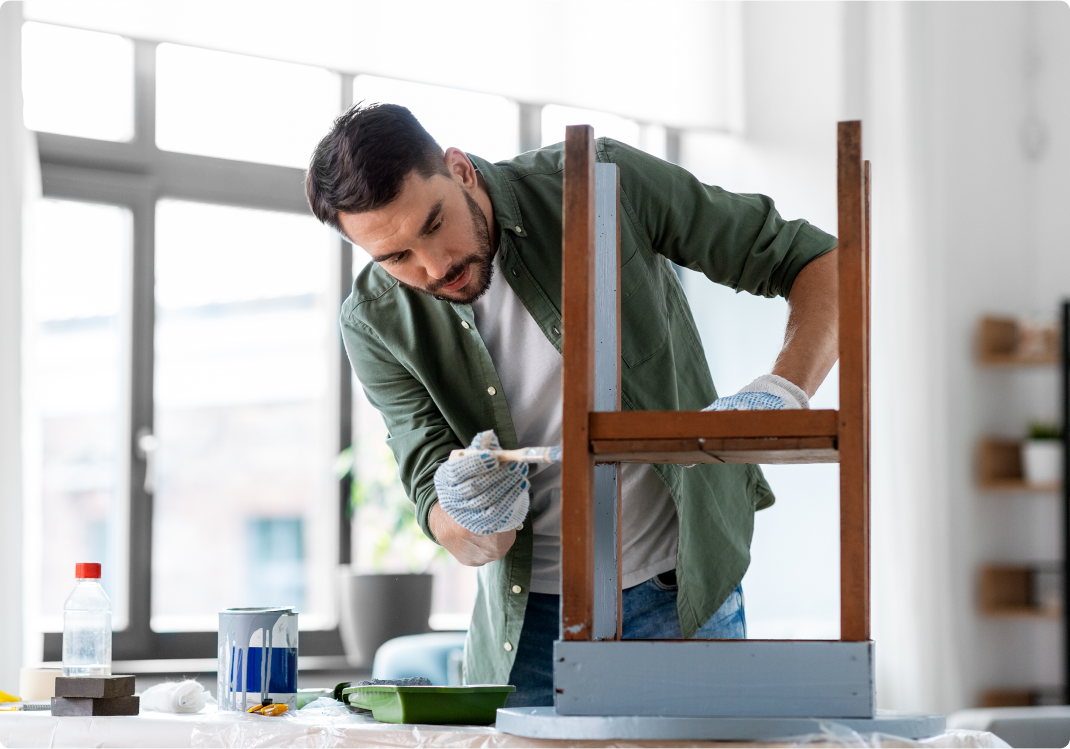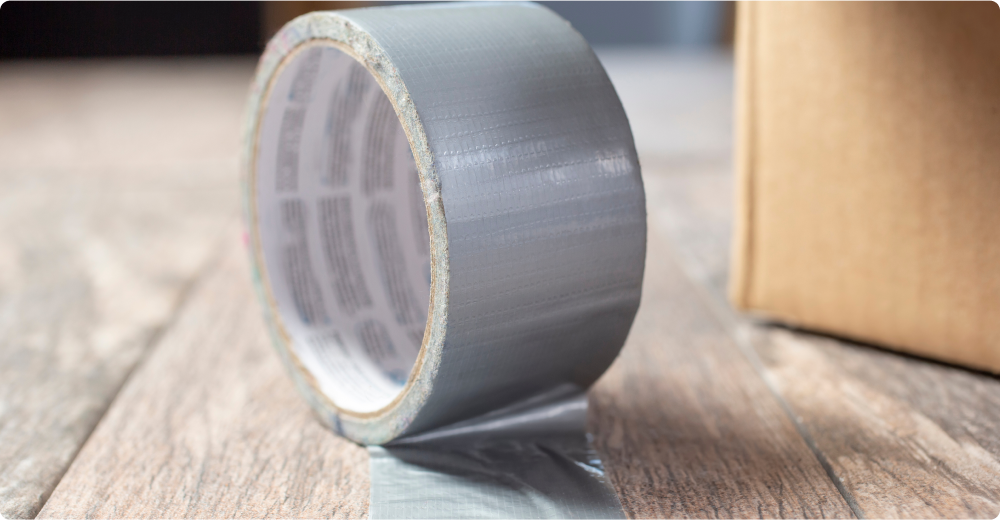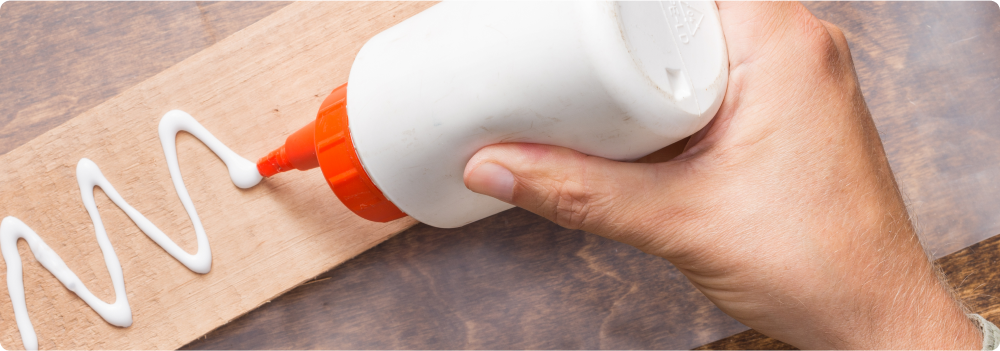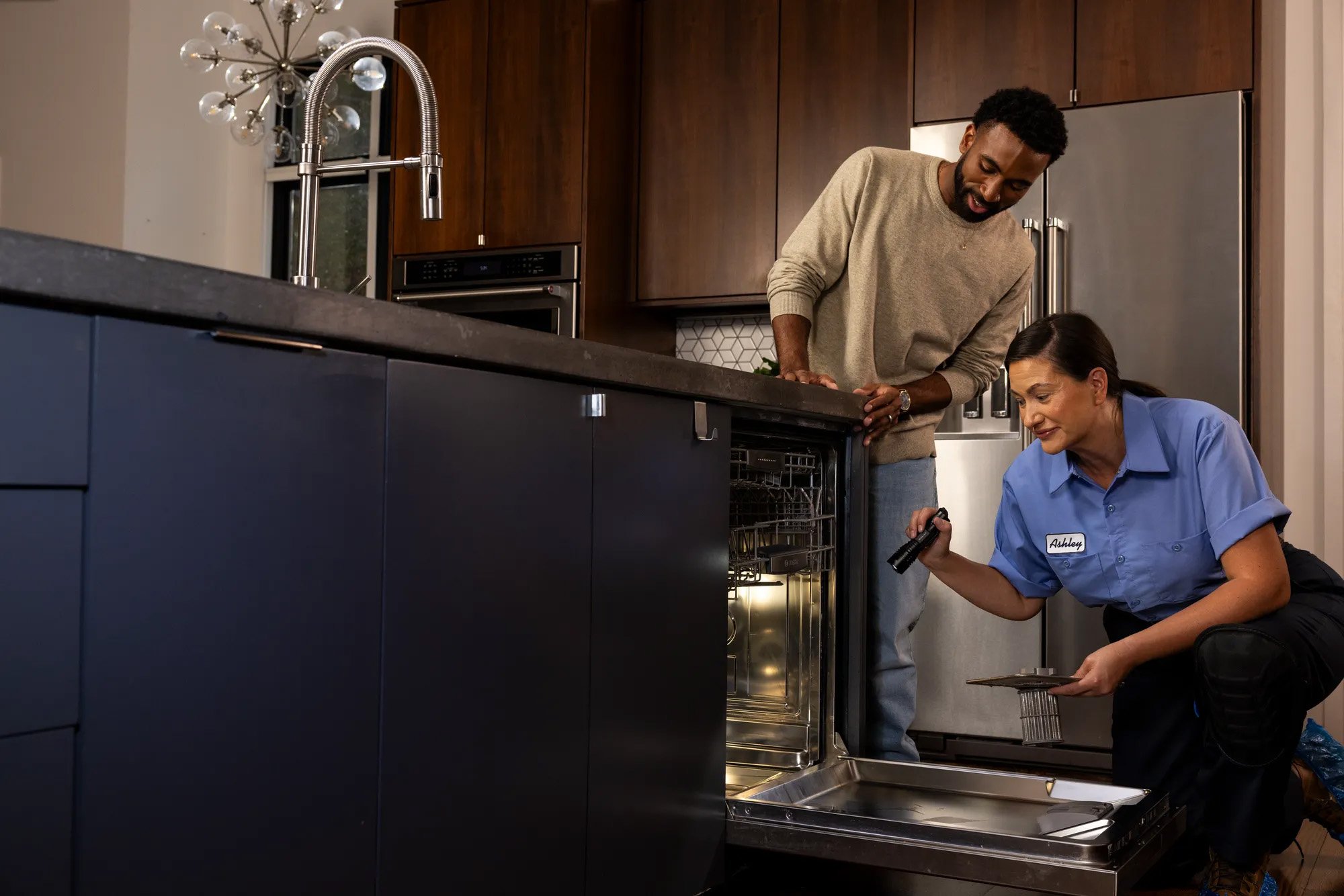9 Products You Need For DIY Home Repairs

If you want something done right, do it yourself. But how do you know you're using the right tools? Home Matters home repair experts share the best tools for DIY projects.


If you want something done right, do it yourself. But how do you know you're using the right tools? Home Matters home repair experts share the best tools for DIY projects.
You probably have a home tool kit all stocked up for do-it-yourself, emergency or repairs. Regardless, do you have the right home repair products in addition to the right tools?
When you’re tackling a DIY project, or waiting for a technician to arrive, here are some useful products to have on hand:
Super Glue, in tiny 3-gram tubes, packs a lot of D.I.Y. household power. Super Glue is best used to form strong bonds on clean breaks of non-porous material such as plastic, rubber, and metal. The product dries in seconds once it is exposed to air, so use it quickly and take care to apply it only where a bond is needed. You might use super glue to bind cracked ceramic dishes back together, seal cracked plastic household items, repair wooden furniture, or even to temporarily plug a small leak in a pipe.
Tip: It is a good idea to cover your work area in foil before using Super Glue and to use it in a well-ventilated area.

Duct tape, a particularly strong type of waterproof tape, comes in many different brands, colors, and even patterns today. Most types have a cloth or pressure-sensitive backing that contributes to its strength. Duct tape is easy to apply and has many household uses, including binding and sealing. While duct tape can be removed, it may leave a sticky residue and may damage paint so use it with care. Duct tape is a great temporary fix for holes, cracks, or tears in a variety of materials, from household furniture to tarps or even upholstery. It can also be used to make a waterproof seal around windows or doors in bad weather.
WD-40 is a multi-use, petroleum-based product that comes in handy for many D.I.Y. jobs. WD-40 stands for Water Displacement, 40th formula, a name given by the chemist, Norman Larson, who developed the product to prevent corrosion. WD-40 has many uses and functions:
WD-40 can be applied to metal, rubber, wood, and plastic. It also can be used on painted metal surfaces without harming the paint. Avoid using WD-40 on polycarbonate and clear polystyrene plastic.

Wood glue, as the name implies, is used to adhere wooden objects or materials. For example, if you have a woodworking project, you might use wood glue to fill gaps or joints before nailing or securing. Or, you can use wood glue to fix a broken or chipped piece of wood furniture. When this adhesive is mixed with wood dust, wood glue can also be used as a filler for wood materials. There are many different types, brands, and strengths of wood glue, so choose one or two that best suit your needs to keep on hand.
CLR stands for calcium, lime and rust remover and is a powerful cleaning product that can be used on many household surfaces, including:
CLR does not contain phosphates, is septic-safe, and is part of the EPA’s Safer Choice Program. CLR recommends spot testing in an inconspicuous area first, before beginning to clean with the product.
Thinking about coverage?
Security for your home. Protection for your budget.
Spackling is a type of putty that is used to fill nicks, holes, scratches, cracks, and other damaged spots in wood, drywall, plaster, and other surfaces. Spackling is often applied to walls to plug nail holes, fill gouges and dings, and to create a smooth surface before painting. You can mix spackling yourself with a powder base or select a spackling paste or “mud” that is already mixed. Spackling works best on small areas that don’t require full patching.
For best results when using spackling, you’ll need a putty knife, sandpaper, and a damp cloth. Spackling requires a drying time before applying paint, so be sure to read the directions and drying requirements for the spackling brand that you use.
Epoxy is an adhesive resin that can be used on multiple surfaces. Epoxies are resistant to chemicals and heat and have a variety of useful household applications, including coating, adhesion, and composite materials. There are many different epoxy types with different strengths, chemical resistance, and hardening times, so make sure to choose the type that best suits your particular project. Epoxies are great at creating permanent bonds that bind broken objects, like metal furniture, porcelain, plastic items, and even filling cracks in concrete or automotive engine parts.
Caulk is a waterproof adhesive that is used primarily for filling and sealing purposes. Because it is flexible and pliable before it dries, it can be maneuvered into cracks, joints, gaps, seams, and other breaks in various materials. Caulk comes in different types, including silicone, acrylic, urethane, and latex. There are many household uses for caulk, including:
For big jobs, you may need a large tube of caulk and a caulk gun. For smaller tasks and repairs, caulk also comes in handheld tubes. There are different colors to match the existing caulk in a particular area. Using a caulk gun can be tricky for first-time users, so it’s often helpful to practice on a piece of wood or cardboard first before applying caulk to the actual project surface.
Mortar paste mix is a useful item to keep around the house for repairing cracks or breaks in brickwork, stonework, chimneys, and concrete. Mortar is mixed with water to form a sticky paste that you then apply with a trowel or putty knife to fill gaps, cracks, holes, or to replace crumbling mortar. You can buy mortar mix at most hardware and home stores.
Safety Tip: Be sure to read the safety warnings on all home repair supplies before using. In addition to the right tools and products for D.I.Y. jobs, it’s also important to have the right safety gear. Safety goggles, gloves, respirator masks, work boots, and hearing protection are some of the items you’ll need for protection when tacking projects around the house.
Be sure to read the safety warnings on all products before using. In addition to the right tools and products for D.I.Y. jobs, it’s also important to have the right safety gear. Safety goggles, gloves, respirator masks, work boots, and hearing protection are some of the items you’ll need for protection when tacking projects around the house.
With these 9 essential tools for home repair, you’re well-equipped to handle a variety of D.I.Y. challenges that homeownership throws your way. That said, not all home repairs can be done yourself. Protecting your home’s essential systems and appliances with a home warranty allows you to focus on the projects you enjoy without worrying about unexpected breakdowns.
With an American Home Shield® warranty, you’ll have peace of mind knowing that your home’s critical components are covered. You can flex your D.I.Y. home repair solutions while knowing that no matter how it goes, American Home Shield has got your back. For more tips on maintaining your home, from tackling hard-to-clean appliances to stubborn garage doors, check out the Home Repair and Maintenance section of the blog.
Our home warranty plans help keep your essential appliances up and running.

AHS assumes no responsibility, and specifically disclaims all liability, for your use of any and all information contained herein.
Have a plan for your home when things don't go according to plan
Shop Home Warranties